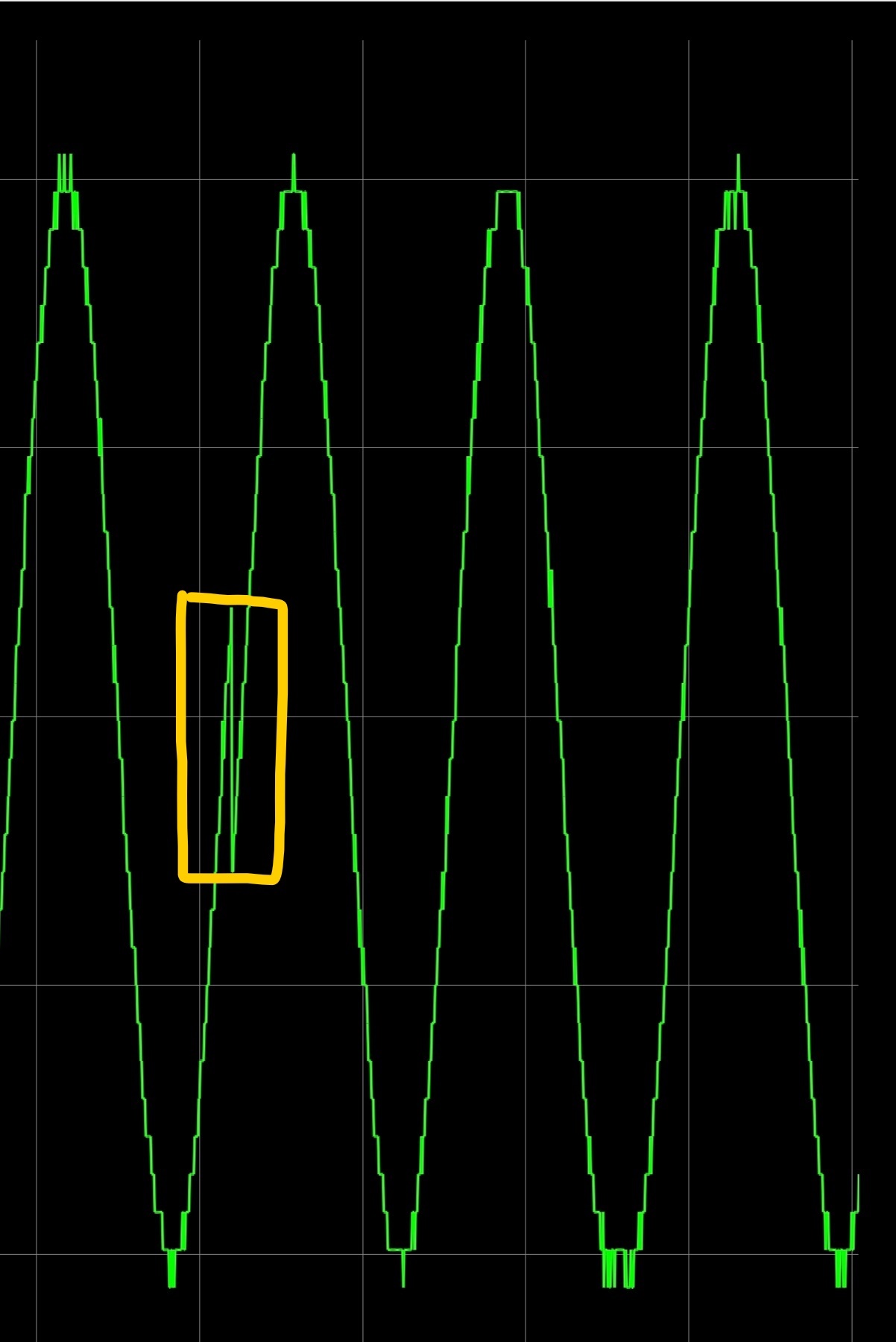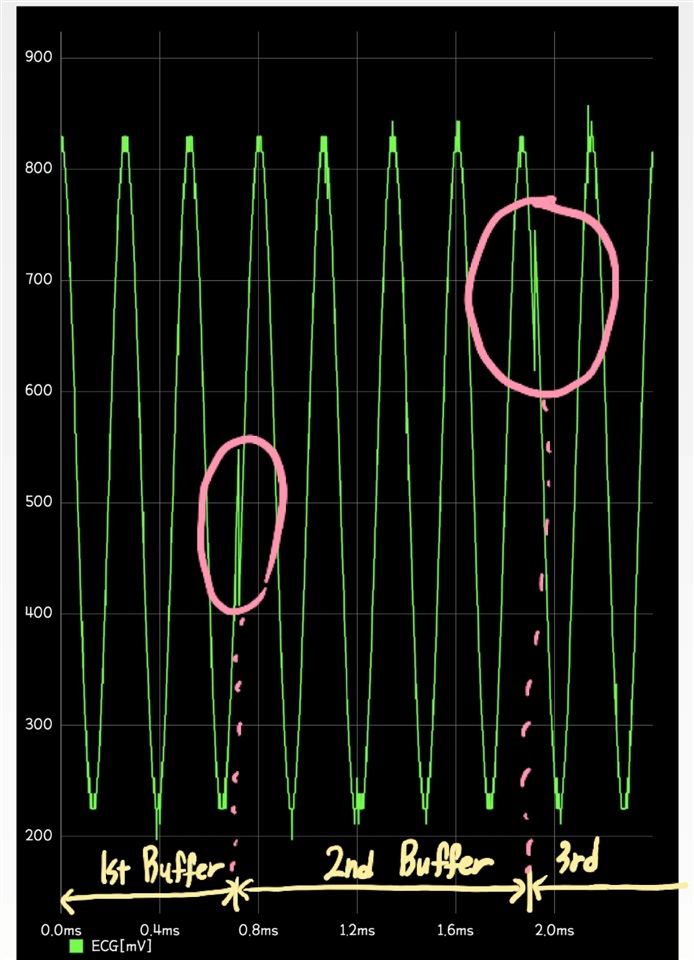Hi,
I'm using nrf52 with s132(v17.0.0).
When I connect nrf52 with my phone, there is error like this picture.

And, the code is
#define SAADC_SAMPLES_IN_BUFFER 240
void saadc_callback(nrf_drv_saadc_evt_t const * p_event)
{
if (p_event->type == NRF_DRV_SAADC_EVT_DONE)
{
ret_code_t err_code;
uint16_t bytes_to_send = (uint16_t) SAADC_SAMPLES_IN_BUFFER;
uint8_t DATA[SAADC_SAMPLES_IN_BUFFER];
// set buffers
err_code = nrf_drv_saadc_buffer_convert(p_event->data.done.p_buffer, SAADC_SAMPLES_IN_BUFFER);
APP_ERROR_CHECK(err_code);
// print samples on hardware UART and parse data for BLE transmission
for (int i = 0; i < SAADC_SAMPLES_IN_BUFFER; i++)
{
DATA[i] = p_event->data.done.p_buffer[i];
}
err_code = ble_nus_data_send(&m_nus, DATA, &bytes_to_send, m_conn_handle);
if ((err_code != NRF_ERROR_INVALID_STATE) && (err_code != NRF_ERROR_NOT_FOUND))
{
APP_ERROR_CHECK(err_code);
}
}
}
When the buffer is filled, then next buffer is filled by ADC value.
I guess the problem occurs at this time.

Also, when I use printf function to see value in PC, same problem occurs.
How can I solve this?
Thank you.



